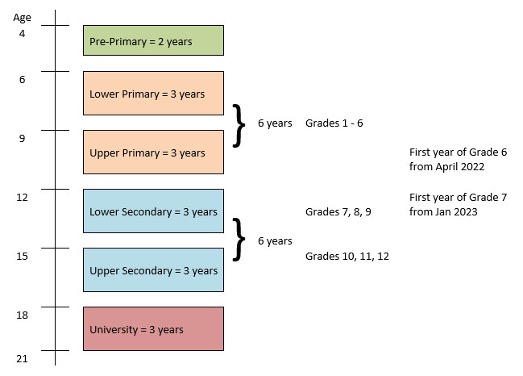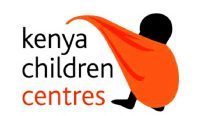Janet Gichera, one of our managers in Kenya, explains how the education system there is changing in support of Kenya’s Vision 2030.
The Competence-Based Curriculum
Kenya is a developing country constantly looking for ways to grow, including improving its education system. Improvements to the curriculum are also entrenched in the new Constitution of Kenya 2010.
To achieve Kenya’s Vision 2030, Kenya is transforming the education system by developing three key components:
- Competencies
- Character, and
- Creativity.
These values go beyond traditional subject-based learning and focus on holistic development. They include critical thinking & problem-solving, Imagination & creativity, communication & collaboration, Citizenship, digital literacy, Self-efficiency, and lifelong learning. It is known in Kenya as the Competency-Based Curriculum (CBC).
The competency-based curriculum follows a 2-6-6-3 model:

It replaces the previous 8-4-4 model which had eight years of primary school, four years of secondary and finally four years at university (if applicable). CBC has a learner-centric curriculum designed to be experiential, as opposed to the previous teacher-led ‘learning by rote’ and examination approach. It focuses on the children being guided to identify their strengths from an early age and building on those strengths in preparation for suitable careers.
Implementation
The competency-based curriculum implementation emphasises what students are expected to be able to do rather than what they are expected to know. It was introduced in December 2017.
The introduction of CBC was new to the teachers, parents, and pupils. The teachers had to go back for more training on its implementation, which they had to do in designated institutions. The government also hired more teachers, who were deployed to all junior secondary schools in the country.
It has faced many challenges, although it is felt to be the best form of education if well facilitated and equipped because it tests the competency of every pupil compared with the 8-4-4 system which, over time became academic and examination-oriented, and led to a situation where children were discriminated against based on grades, with most of them being unable to transition from one level to another.
When the government tried implementing a 100% transition, the schools raised their entry grades to deny children admission!
CBC’s most significant challenges are those that KCC has been engaged in helping:
- Equipment
- Expense
- Food
- Clothing
There are, of course, many other challenges that KCC cannot so easily address:
- Too few teachers who are appropriately trained
- Inadequate state schools
- Too few appropriate classrooms
- Dilapidated buildings
- A lack of understanding, buy-in and support from parents
In our next blog, Janet will explain what KCC is doing to support children in education.

This Post Has 2 Comments
This is really interesting – thank you to Janet for writing such a clear and detailed guide!
Good post and straight to the point.